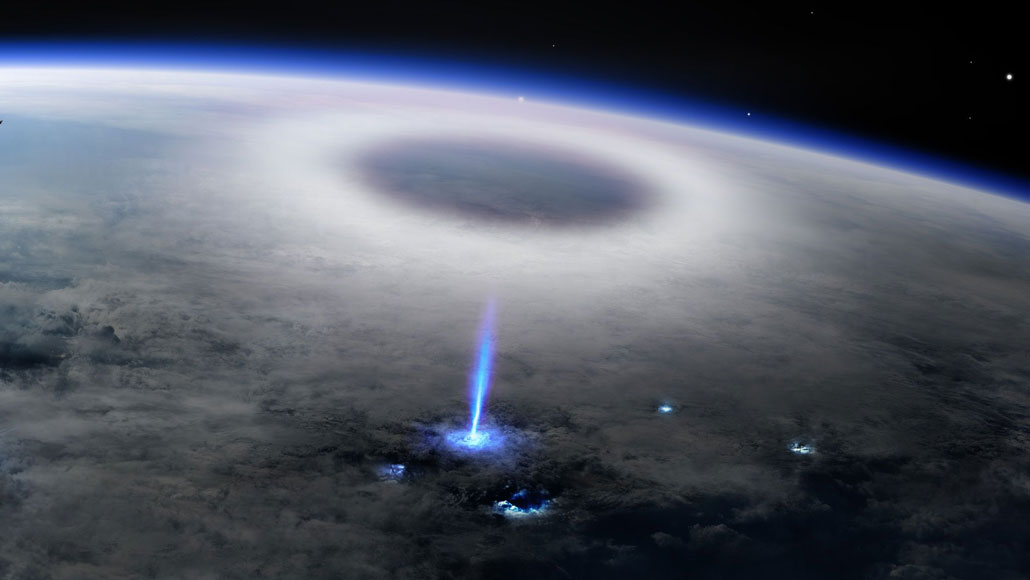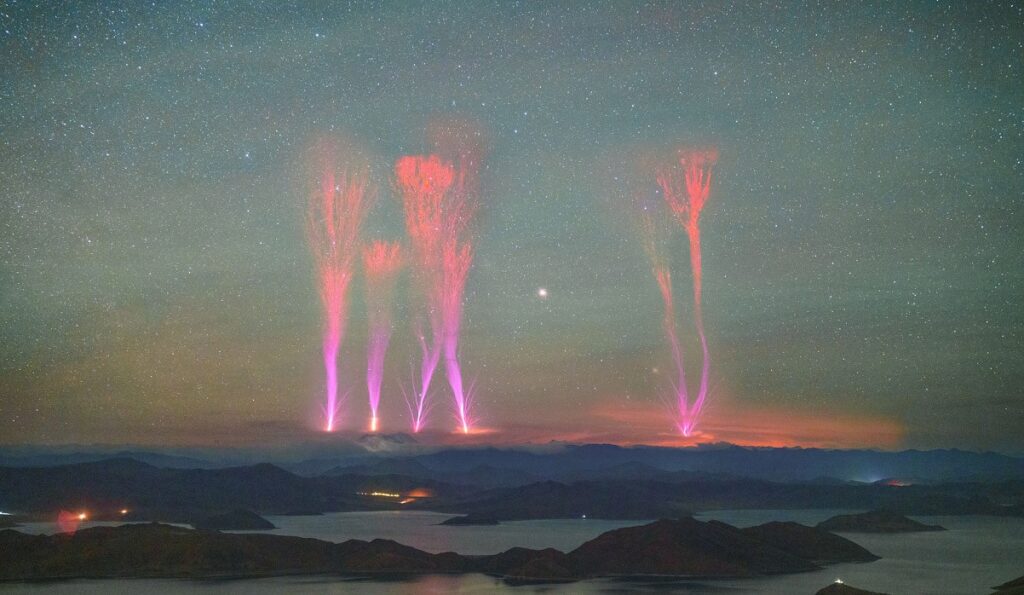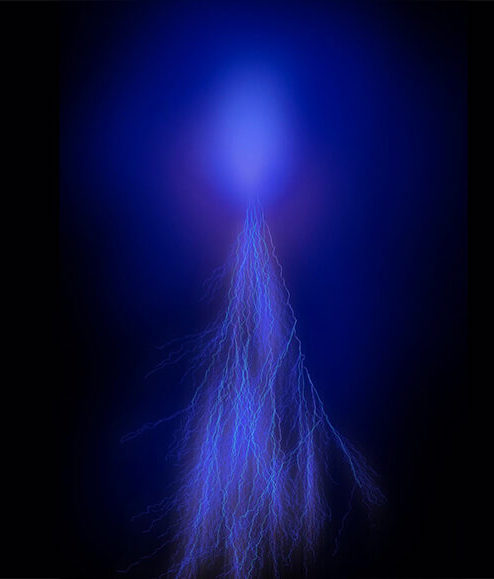Earth’s Strangest Lightning: A Look at Nature’s Most Mysterious Electrical Phenomena

Lightning is one of nature’s most powerful and awe-inspiring phenomena—but beyond the bolts we see during storms, Earth hosts a stunning variety of rare, bizarre, and seemingly supernatural lightning forms. From glowing orbs that float silently through the air to blue jets that shoot into space, these strange manifestations defy the traditional image of lightning as just a flash in the sky. Scientists are only beginning to understand these otherworldly electrical events, many of which have puzzled observers for centuries.
Ball Lightning: The Elusive Orb of Mystery
Perhaps the most legendary and perplexing form of lightning is ball lightning. Reported for centuries yet still not fully understood, it typically appears as a glowing sphere of light—ranging from the size of a golf ball to a basketball—floating through the air.
- Color and movement: Usually white, yellow, or orange, ball lightning can drift, spin, or pass through windows.
- Duration: It can last several seconds, far longer than a typical lightning flash.
- Behavior: Some eyewitnesses have seen it bounce, hover, or even explode with a bang.
Despite repeated sightings around the world, ball lightning remains elusive to capture and verify. Lab simulations have offered clues, but its true nature is still debated—ranging from plasma to microwave energy reactions.
Sprites: The Red Ghosts of the Upper Atmosphere
Sprites are high-altitude lightning bursts that occur well above thunderclouds, often too quick and faint to be seen with the naked eye.
- Appearance: They resemble jellyfish or carrots, glowing red or pink and stretching tens of kilometers above the Earth.
- Discovery: Though reports date back over a century, they were first photographed only in 1989.
- Location: Typically triggered by powerful cloud-to-ground lightning and seen over large thunderstorms.
Sprites are part of a group of transient luminous events (TLEs) and offer insight into the electrical connection between the Earth and the edge of space.

Blue Jets: Lightning That Shoots into Space
Unlike typical lightning, which strikes downward, blue jets burst upward from storm clouds toward the stratosphere.
- Color and shape: Brilliant blue cones of light, often narrow and sharp.
- Speed and height: They can shoot up at speeds of 100 kilometers per second, reaching altitudes of 40–50 km.
- Visibility: Rarely seen from the ground, but captured by pilots and space instruments.
Blue jets might help carry electrical charges from the cloud to the upper atmosphere and are believed to play a role in Earth’s electrical balance.
Elves: Expanding Rings of Light in the Sky
ELVES (Emissions of Light and Very Low Frequency Perturbations due to Electromagnetic Pulse Sources) are ultra-fast expanding rings of red light high above storms.
- Duration: Last just a few milliseconds.
- Size: Can grow to hundreds of kilometers across.
- Cause: Triggered by intense lightning strikes that generate electromagnetic pulses.
Discovered in the 1990s with satellite sensors, elves are among the largest known forms of lightning, but because of their brief nature and altitude (about 100 km), they’re difficult to study directly.
St. Elmo’s Fire: A Sailor’s Halo
Often confused with ball lightning, St. Elmo’s Fire is a blue or violet glow that appears at the tips of tall objects—like ship masts, church steeples, or airplane wings—during storms.
- Cause: Created by ionization of air when the electrical field around an object becomes extremely high.
- Significance: Once seen as a divine sign by sailors, it’s now understood as a plasma discharge phenomenon.
While harmless compared to actual lightning, it can signal dangerous electrical conditions.
Volcanic Lightning: Fire and Electricity Collide
In dramatic scenes during volcanic eruptions, lightning bolts crackle through ash clouds. This is volcanic lightning, a terrifying blend of fire and electricity.
- Cause: Ash particles rubbing together generate static electricity, leading to electrical discharge.
- Notable events: Seen during eruptions of Eyjafjallajökull (Iceland 2010) and Taal (Philippines 2020).
- Forms: Can range from rapid-fire flickers to massive bolts that look like typical lightning.
Volcanic lightning is one of nature’s most primal spectacles, often caught in apocalyptic images of black ash clouds illuminated by white-hot streaks of light.
Catatumbo Lightning: Earth’s Eternal Storm
In Venezuela, over Lake Maracaibo, a meteorological marvel unfolds: the Catatumbo Lightning.
- Frequency: Happens up to 260 nights a year, with thousands of lightning strikes per night.
- Cause: A unique combination of mountain air currents, warm lake waters, and humidity.
- Visibility: The lightning can be seen from hundreds of kilometers away and has even been used by sailors for navigation.
This rare storm system has earned the nickname “The Beacon of Maracaibo” and may be the most reliable lightning show on Earth.

Conclusion: A Planet Alive with Electricity
Though lightning is often thought of as a simple crackle of electricity in the sky, Earth’s atmosphere hosts a menagerie of electrical phenomena that challenge our understanding of physics and nature. From red sprites dancing above the clouds to glowing balls of plasma wandering through storms, these mysterious forms of lightning remind us that our world is full of wonder still unexplained.
As technology improves and more people point cameras skyward, we may eventually unravel the secrets of these strange lights—but their beauty and mystery will remain timeless.




